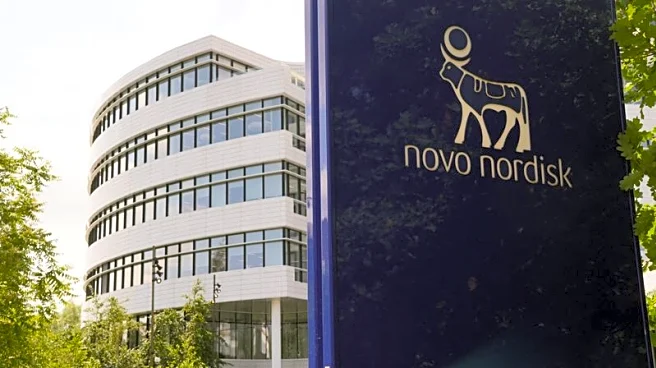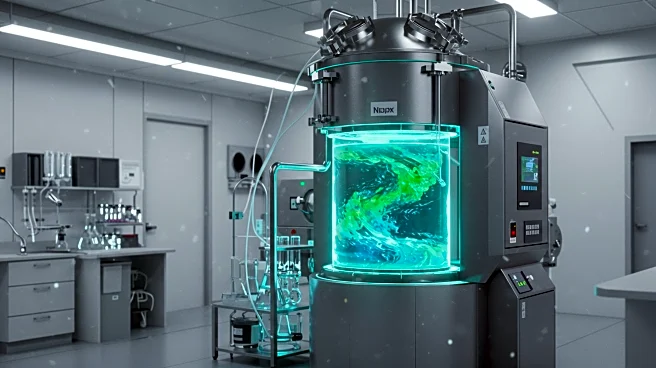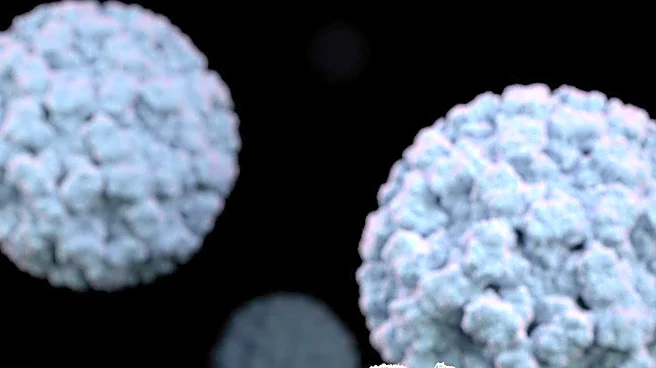Rapid Read • 7 min read
Sichuan Kelun-Biotech Biopharmaceutical Co., Ltd. has announced promising results from a Phase II study evaluating sacituzumab tirumotecan (sac-TMT) combined with tagitanlimab for first-line treatment of advanced non-small cell lung cancer (NSCLC). Published in Nature Medicine, the study highlights the efficacy and safety of this combination therapy. Led by Prof. Zhang Li's team, the study involved two cohorts receiving different dosages and cycles of sac-TMT and tagitanlimab. The results showed significant anti-tumor activity and manageable safety profiles, with objective response rates of 40.0% and 66.7% in the respective cohorts. The study supports sac-TMT's potential as a front-line therapy, demonstrating consistent efficacy across PD-L1 and TROP2 expression levels.
AD
The study's findings are crucial for advancing treatment options for NSCLC, a major cause of cancer-related deaths. The promising results could lead to improved therapies, offering hope to patients with advanced NSCLC. Kelun-Biotech's innovation-driven strategy and proprietary ADC platform are recognized through this study, potentially enhancing their position in the global pharmaceutical market. The development of sac-TMT as a first-line treatment could shift current treatment paradigms, impacting clinical practices and patient outcomes. This advancement also highlights the importance of antibody-drug conjugates in cancer therapy, potentially influencing future research and development in oncology.
Following the study's success, Kelun-Biotech may pursue further clinical trials to validate sac-TMT's efficacy and safety. Regulatory approval processes could be initiated to bring this therapy to market, potentially expanding its use beyond NSCLC. Collaborations with global pharmaceutical companies might be explored to enhance distribution and commercialization efforts. The study's publication in a high-impact journal could attract attention from researchers and investors, fostering additional research and development in ADC technologies. Continued focus on addressing unmet medical needs will likely drive innovation in cancer treatment strategies.
AD
More Stories You Might Enjoy











